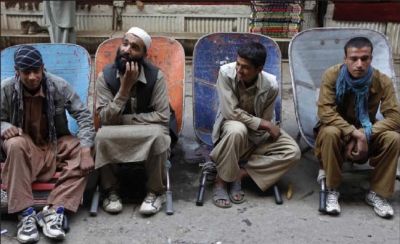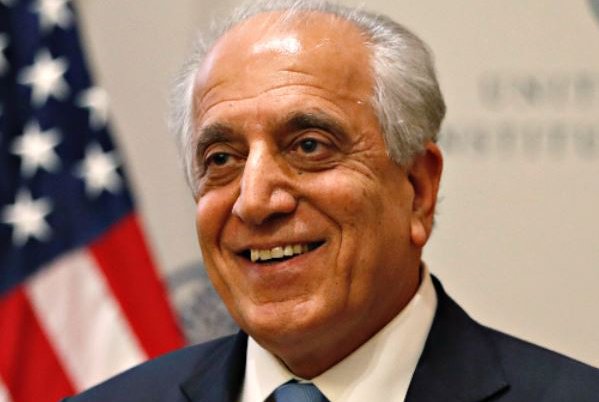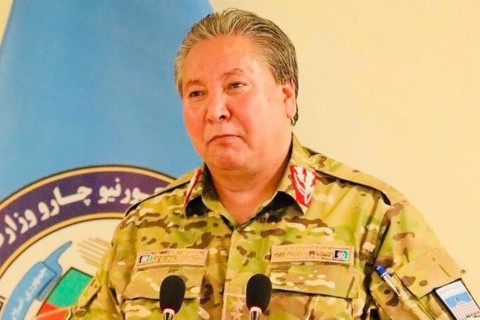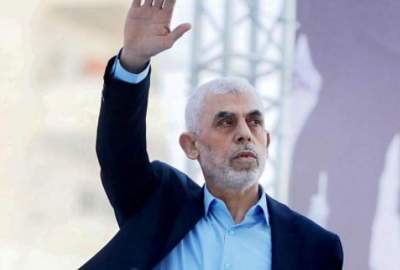More than half of Afghans or 51.7 percent live in multidimensional poverty, according to a report released on Sunday.
Publish dateMonday 1 April 2019 - 14:58
Story Code : 182491
The study was conducted during 2016-2017 by Afghanistan’s National Statistics and Information Authority in cooperation with the United Nations agency for children and Oxford University.
The report, titled Afghanistan Multidimensional Poverty Index, showed that as children comprise over half the population, multidimensional poverty is highest among them.
According to the report, 58 percent of all poor people in Afghanistan are children under 18. In other words, 6 out of 10 children live in multidimensional poverty.
The index takes into account deprivations in many aspects of life including health, education, living standards, employment, income and security.
“Afghanistan’s MPI (A-MPI) complements the monetary poverty measure and uncovers deprivations experienced by the Afghan people in various aspects of their life. The A-MPI helps the government budget, coordinate and integrate policies,” said Ahmad Jawed Rasuli, director-general of NSIA.
The report said that the level of multidimensional poverty is 18.1 percent in cities and 61.1 percent in rural areas. Badghis has highest level of multidimensional poverty (85.5 percent) while Kabul has the least (14.7 percent).
“Investing in education for children today, especially in girls’ education, is a critical step in reducing poverty for the next generation,” said Jean Gough, UNICEF regional director.
“An essential component for poverty reduction is a well-functioning national social protection system, along with secure provision of social services such as health, education, nutrition and clean water,” she said.
Sabina Alkire, director of Oxford Poverty and Human Development Initiative, said : “NSIA has produced a rigorous, technically precise measure of multidimensional poverty, aligned to national priorities. I hope the A-MPI not only makes poverty visible, but also is used to coordinate high-impact policies.”
Source : Afghan Voice Agency(AVA)
avapress.net/vdceow8zzjh8vei.1kbj.html
Tags
Top hits












